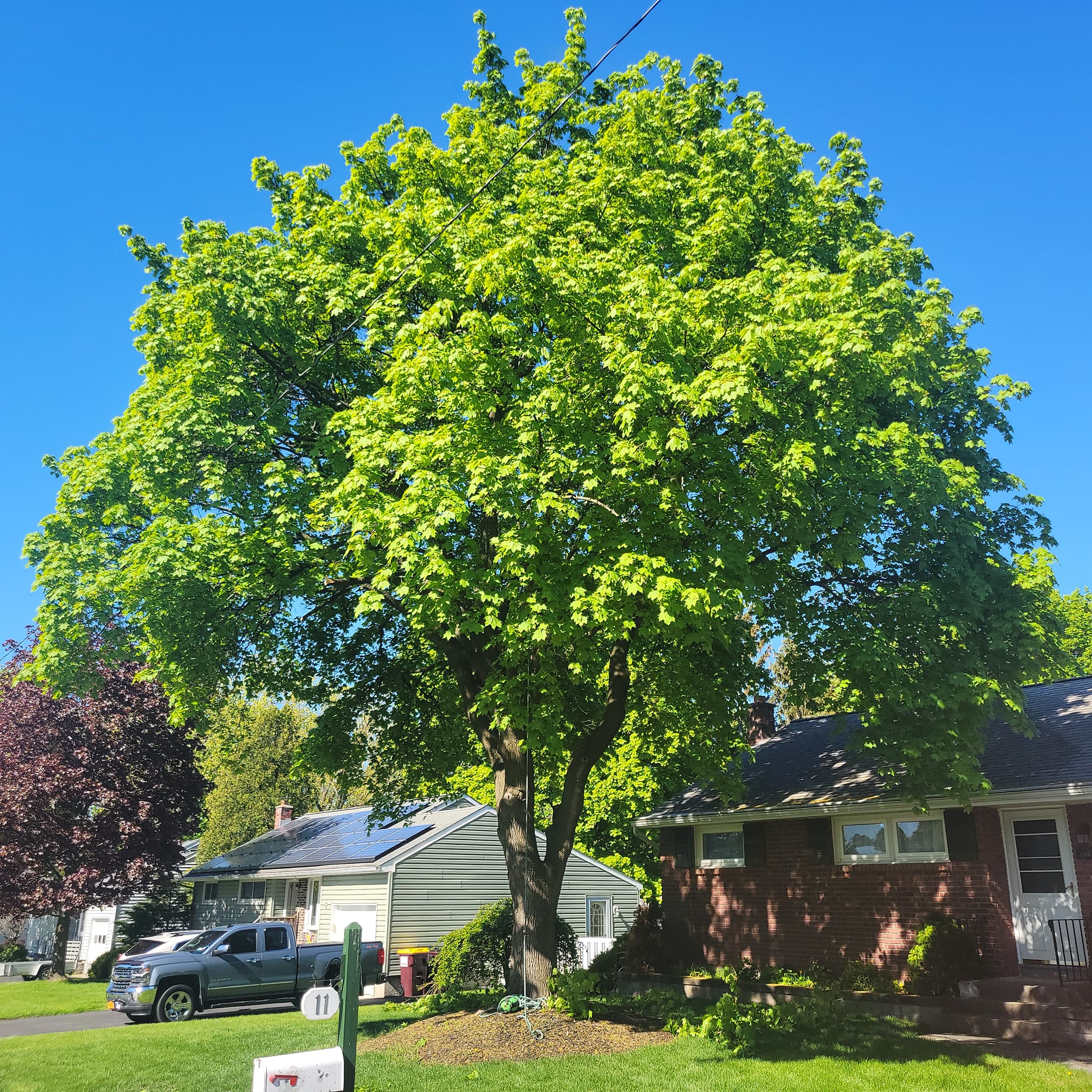
Revitalize Your Yard with Sustainable Landscaping Practices Oct 21, 2025
The journey to revitalizing your yard begins with smart planning. Assess your current landscape and inventory existing elements such as trees, shrubs, and soil types. Understanding the natural characteristics of your property allows you to make informed decisions about which plants to introduce and where to place them for optimal growth. Our experts at T's Trees suggest focusing on native plants, as they are well-adapted to the local climate and require fewer resources such as water and fertilizers.
Water conservation is another pivotal aspect of sustainable landscaping. Implement irrigation solutions like drip irrigation systems or rainwater harvesting techniques. These systems ensure efficient water usage, preventing wastage and promoting a healthier plant environment. Choose drought-tolerant plants that not only withstand dry spells but also contribute to a resilient landscape design. Mulching is another effective way to retain moisture and improve soil health. By spreading a generous layer of organic mulch around plants, you can reduce weed growth and maintain consistent soil temperatures.
Healthy soil is the foundation of a thriving yard. Composting kitchen scraps and garden waste is a sustainable method to enrich your soil with nutrients. This natural fertilizer improves soil structure and encourages beneficial organisms. Additionally, refraining from chemical pesticides not only protects your garden’s ecosystem but also promotes the presence of pollinators like bees and butterflies. Consider introducing companion planting strategies, which involve growing different species together to naturally deter pests and boost growth.
Hardscaping elements can significantly enhance a sustainable landscape. Incorporate permeable paving materials for walkways and patios to reduce surface runoff and facilitate groundwater recharge. Choosing recycled materials for structures such as decks or fencing adds to the eco-friendly aspect. Designing for energy efficiency is another consideration. Planting trees strategically around your yard can provide shade, reducing energy costs and creating pleasant microclimates.
Biodiversity plays a crucial role in sustainable landscaping. Encourage a variety of plants and habitats to attract beneficial wildlife. Birdhouses, bee hotels, and small water features can invite a diverse range of species, contributing to a balanced ecosystem. Creating zones in your yard dedicated to native grasses and wildflowers will further support pollinators and other wildlife.
Finally, maintenance should align with sustainable practices. This includes opting for manual tools over gas-powered ones to reduce carbon emissions. Regularly check your plants for signs of stress or disease, and trim them to maintain their health and shape. By choosing the right balance of aesthetics and functionality, you can ensure that your sustainably landscaped yard remains a source of enjoyment and pride.
In conclusion, employing sustainable landscaping practices not only fosters an environmentally friendly space but also enhances the beauty and utility of your yard. At T's Trees, we are committed to helping you create a landscape that is both attractive and sustainable. By integrating these eco-conscious principles, your outdoor space can thrive, offering you a rewarding gardening experience and contributing positively to the environment. Whether you’re starting from scratch or revamping an existing garden, our team is here to provide the expertise and passion needed to bring your vision to life.
/filters:no_upscale()/filters:format(webp)/media/d1310ca5-b897-4b1d-a809-b62b51c5e065.jpeg)
/filters:no_upscale()/filters:format(webp)/media/d1310ca5-b897-4b1d-a809-b62b51c5e065.jpeg)